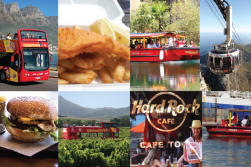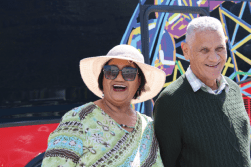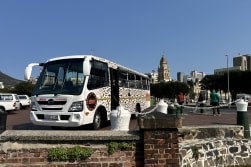The History of the Cape Town Minstrel Carnival
The Cape Town Minstrel Carnival, otherwise known as the Tweede Nuwe Jaar (Second New Year), is a colourful parade in Cape Town that is as rich in history as it is in culture and extravagance. It’s a lively event popular with all locals in Cape Town and is considered a must-see for all visitors.
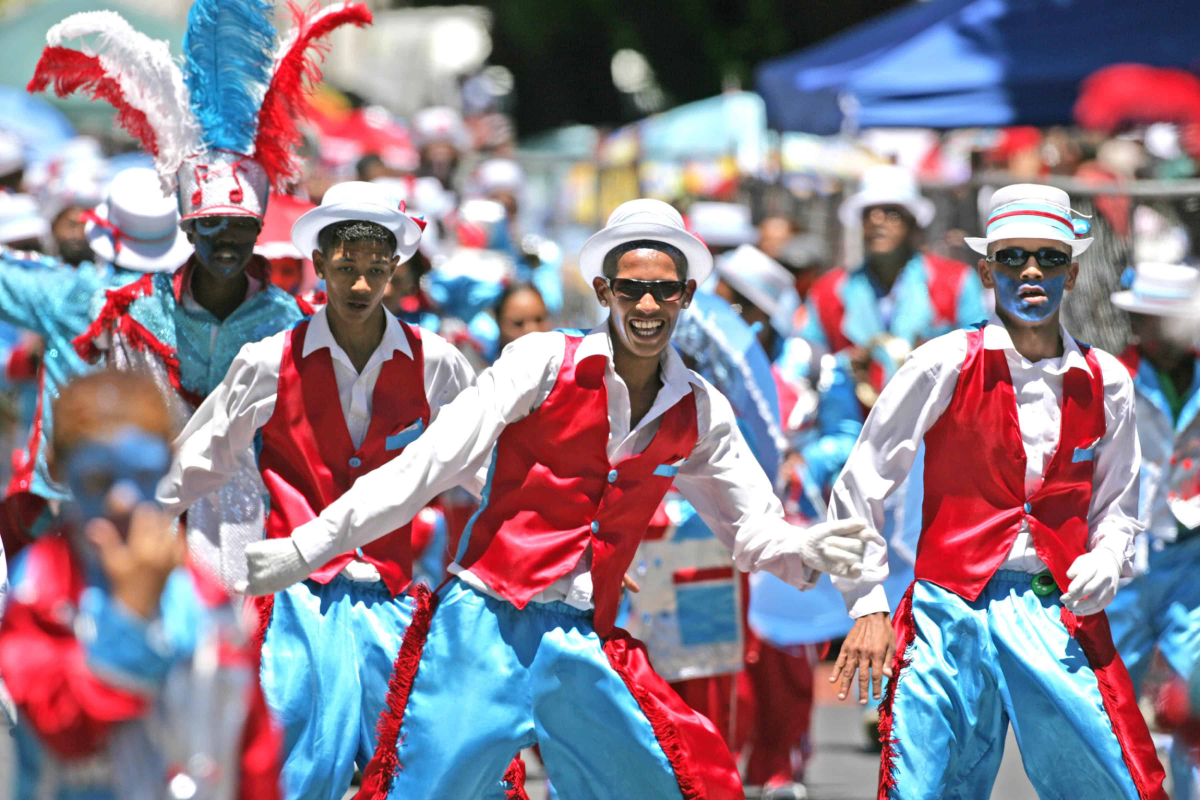
[Image Source: Cape Town Tourism]
On the 2nd of January musicians, performers and families from all walks of life take to the streets in colourful uniforms to sing, dance, and play music for the crowds as they parade the streets.
This parade is a cultural tradition that dates back to the early years of colonisation and slavery in the Cape. Slaves were brought to Cape Town from all corners of the globe, from across Africa, India, Indonesia and the Middle East.
Many of these slaves could not speak the same language and had little in common besides for their own slavery. Despite their slavery, New Years was a time of the year where slaves were allowed the freedom to celebrate amongst the colonists.
It was a time for much festivities and happiness, and by mingling with the colonists and foreign traders from around the world, slaves would create their own dances, songs, music and even languages, which helped to form the Afrikaans language we know today.
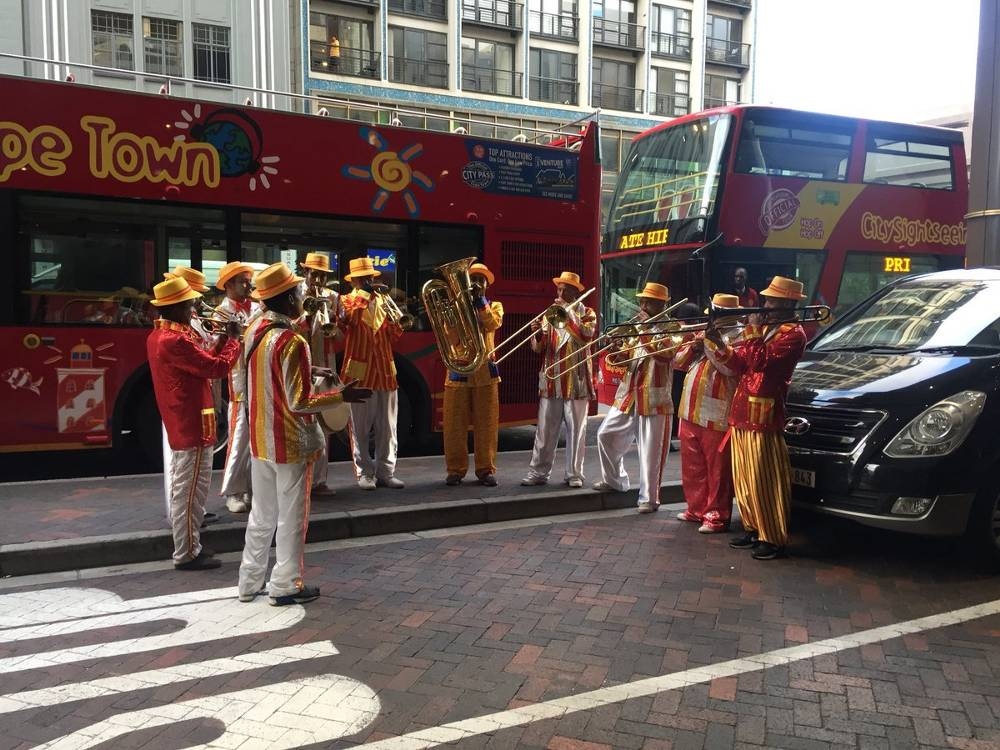
[Image Source: City Sightseeing]
Every year they would dress in colourful, eclectic attire, traditionally with a tailcoat, bow tie, top hat, and cane to mimic the British and Dutch settlers.
This same style can be seen today, but with blazers instead of tailcoats. They will traditionally play jazz instruments and play classic or cultural music passed down through generations, or play popular songs from the year.
Over the years, after slavery was abolished, this community of former slaves would perform in the streets and at events, taking pride in the tradition that gave them joy and hope in some the darkest years of their history.
This tradition was passed down for years, even becoming a form of competition where Minstrel troupes would compete to be the best performers. But this was less important than the self-expression and the entertainment it brought others.
During the Apartheid years, the National government tried their best to kill the tradition, banning all minstrel performances and parades.
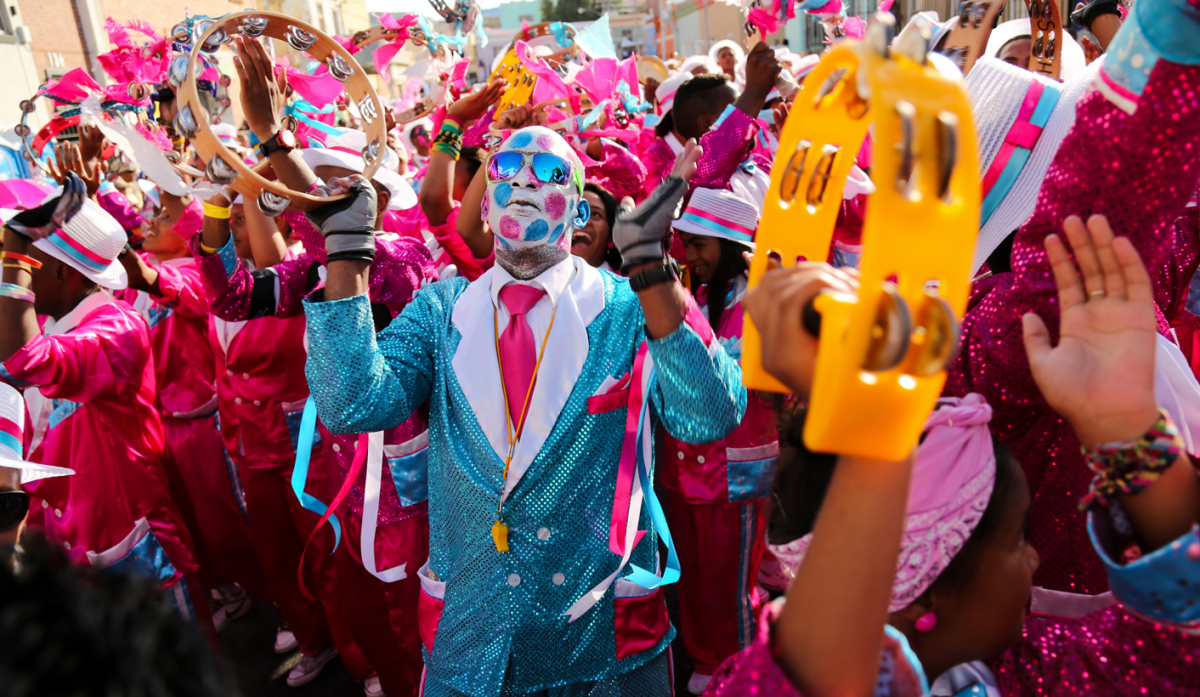
[Image Source: The Daily Maverick.co.za]
What performances were allowed were heavily commercialised by managing agencies, or communities were too poor to pay for venues. The Minstrel carnival almost died out completely, until the bans were lifted with the end of Apartheid.
Finally, the celebrations could ensue again, and since then the Cape Minstrel Carnival has been in full swing each year.
Be sure to catch it on your stay in Cape Town this festive season! Visitors are welcome to join in the parade, with the participants being renowned for their friendliness and lively spirit. It’s bound to be a great deal of fun after your New Year’s festivities!
FAQs
What is the Cape Town Minstrel Carnival and how did it start?
The carnival, also known as Kaapse Klopse, began as a celebration on Tweede Nuwe Jaar (2 January) when enslaved people in Cape Town were given the day off. Over time, it grew into a lively parade filled with music, dance, and friendly competition.
Who are the Cape Minstrels?
The Cape Minstrels are the troupes that perform during the carnival. They dress in bright costumes, carry umbrellas, and play ghoema rhythms using banjos, drums, and brass instruments as they parade through the streets.
Why is the Kaapse Klopse also called the Cape Town Minstrel Carnival?
“Kaapse Klopse” means “Cape Troupes” in Afrikaans. The term refers to the same event that became known in English as the Cape Town Minstrel Carnival — a celebration of culture, creativity, and local tradition.
When did the first carnival in Cape Town take place?
The first organized minstrel troupes appeared in the late 1800s, around 1887. The event has continued every year since, becoming one of Cape Town’s longest-standing cultural traditions.
What makes the Cape Town Carnival so special today?
The carnival is more than just a parade — it’s a celebration of identity, freedom, and heritage. It brings together thousands of people across communities to share music, dance, and pride in Cape Town’s diverse history.

